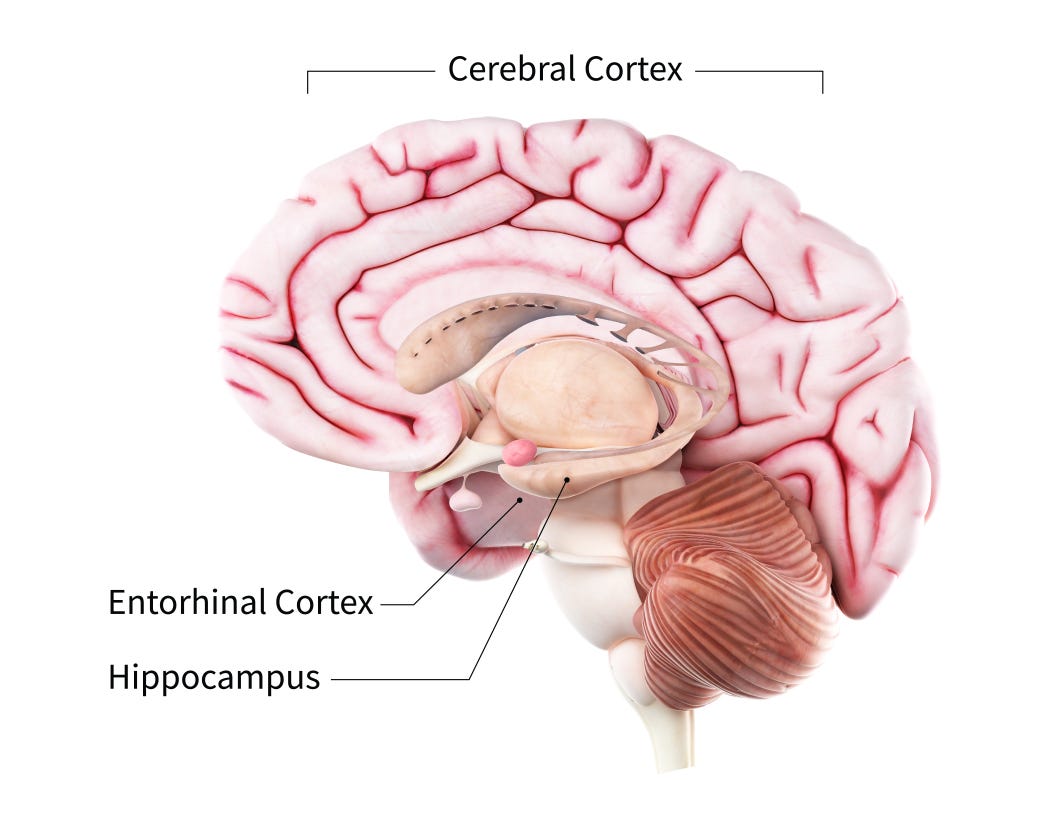Stop Confusing Dementia and Alzheimer’s Disease - They’re Not The Same Thing
Written by Aarushi Rai
Most people like to use “Dementia” and “Alzheimer's” interchangeably when referencing patients who are suffering from memory loss. Both are common and affect millions of people and deal with memory loss, so it is easy to make such a mistake. It is a common public misconception that they are the same thing when in reality, there are key differences between the two. To understand these, let’s investigate each disease.
Dementia is the loss of cognitive functioning to the extent where it impairs life. It has many stages, beginning mildly when the disease only starts to affect the patient’s life. The most severe stage causes a patient to be severely impaired and unable to function independently, having to rely on others completely. It mostly occurs in older people after the age of 85, but contrary to public opinion, it is not normal as one advances in age. The disease occurs when changes in key brain regions cause once-healthy nerve cells to stop working, lose connection with other cells in the brain, and die. What sets Dementia apart is the extreme loss of nerve cells compared to those without its loss. Symptoms can vary, but some of the most common are hallucinations or delusions, memory loss and confusion, poor judgment, issues with movement, balance, and language, and struggling with regular tasks and responsibilities.
Alzheimer’s Disease is a type of Dementia. It specifically destroys memory and thinking and is the leading cause of Dementia in older adults. Abnormal clumps in the brain (amyloid plaques) and tangled bundles of fiber (neurofibrillary/tau tangles) are defining features of the illness. Another similarity with Dementia is its acute loss of connections between nerve cells. The brain regions initially damaged are the entorhinal cortex and hippocampus, and as Alzheimer’s progresses, it spreads to the cerebral cortex (the outer layer of the brain which controls memory, reasoning, language, and thought) and to other areas. For both diseases, there are no cures. There are treatments that can help reduce symptoms and improve cognition, but there is no permanent fix to either.
Alzheimer’s Disease is the most common form of Dementia. It is wrong to say, though, that they are the same thing; a patient can have Dementia but not Alzheimer’s, but if they have Alzheimer’s Disease, then they must have Dementia. In the future, understanding both and knowing the difference can help identify possible signs and the correct treatment.
REFERENCES:
“What Is Dementia? Symptoms, Types, and Diagnosis.” National Institute on Aging, 8 Dec. 2022, www.nia.nih.gov/health/alzheimers-and-dementia/what-dementia-symptoms-types-and-diagnosis. Accessed 20 July 2024.
National Institute on Aging. “What Is Alzheimer’s Disease?” National Institute on Aging, 8 July 2021, www.nia.nih.gov/health/alzheimers-and-dementia/what-alzheimers-disease.
Mayo Clinic. “Dementia - Diagnosis and Treatment - Mayo Clinic.” Mayoclinic.org, Mayo Clinic, 2019, www.mayoclinic.org/diseases-conditions/dementia/diagnosis-treatment/drc-20352019.
Written by Aarushi Rai from MEDILOQUY


